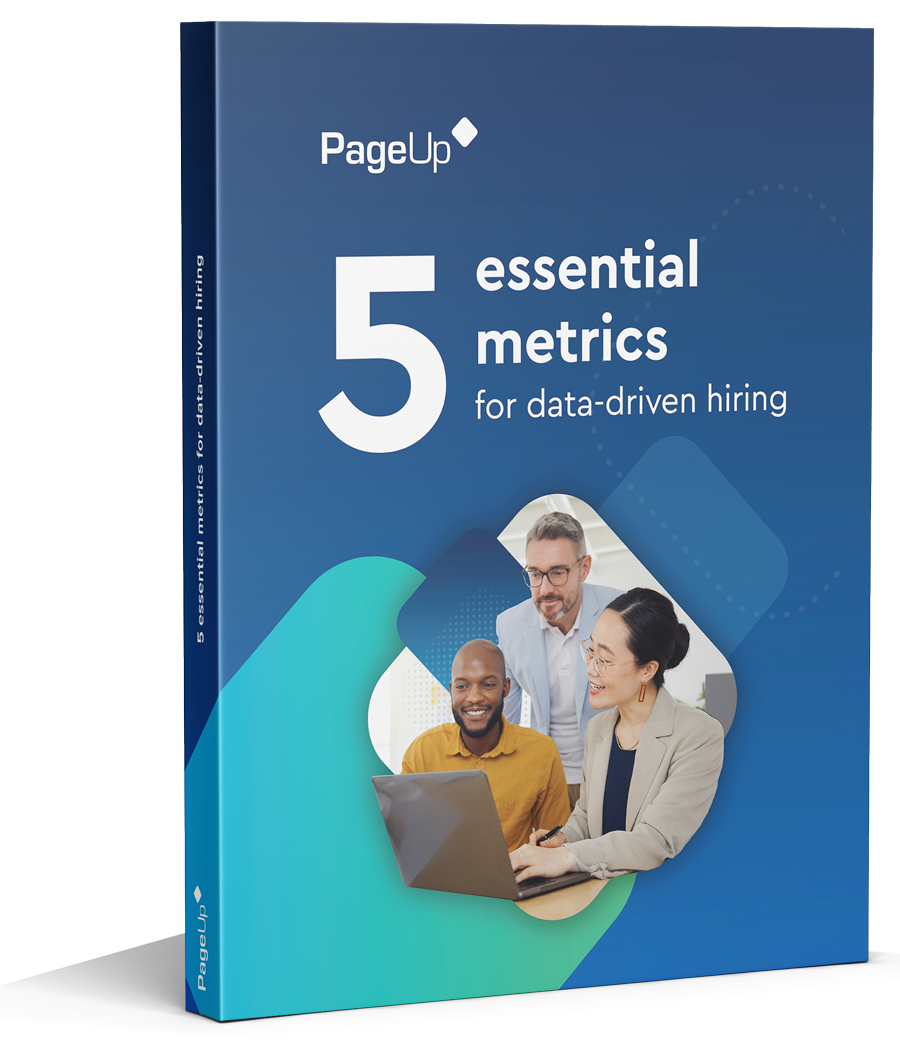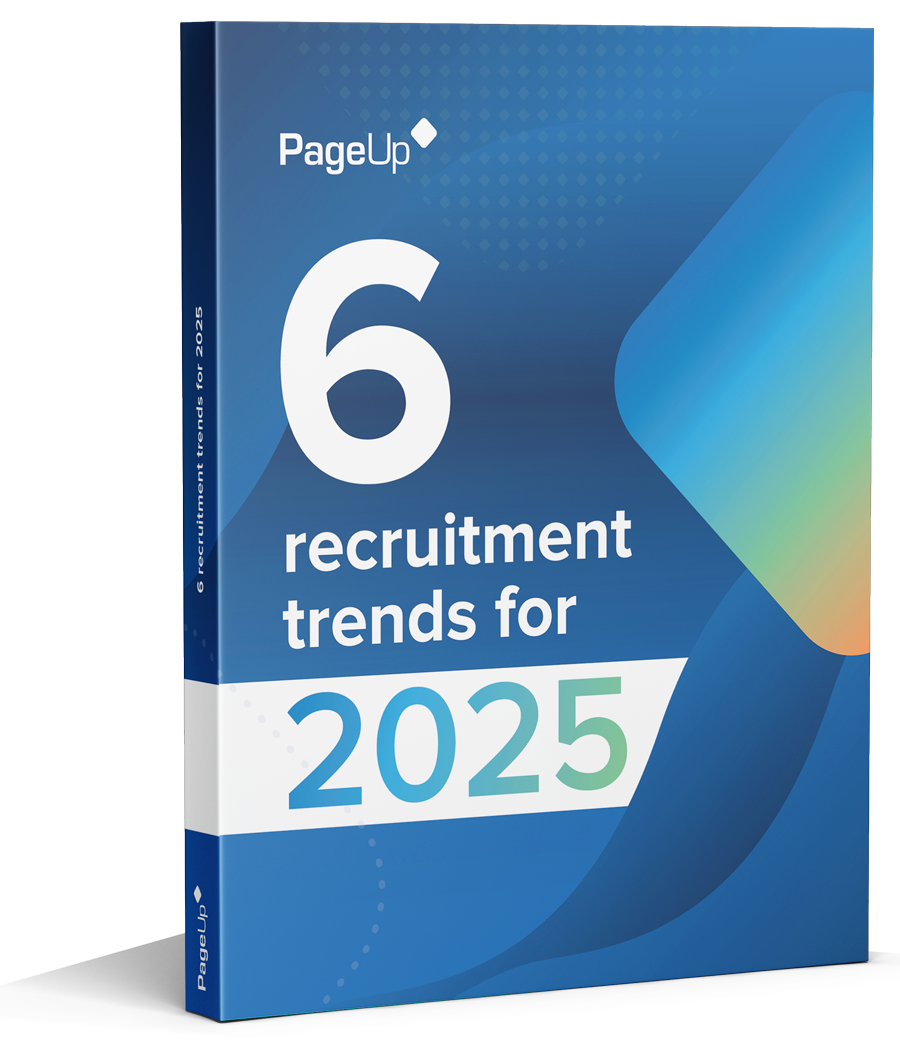People in over 190 countries love to use PageUp
Which metrics should you monitor to optimiseoptimize your hiring strategy?
As the hiring market shifts, it’s imperative for talent teams to have a data-driven understanding of what is, and is not working in their recruiting strategy.
This report covers 5 key recruitment metrics that organisationsorganizations should be tracking in 2024. Using PageUp data the report shares global trends and insights, including the latest industry benchmarks – so you can see how your organisationorganization stacks up.
Download your free report to learn:
- How to recogniserecognize what sourcing channels are giving you the best results
- Where organisationsorganizations find the best hires
- How to move the needle on job offer rejections
- Why mobile-friendly application processes have never been more important
Frequently asked questions
-
How will recruitment metrics help me get ahead?
-
What are the key considerations when hiring in the current talent market?
-
What does PageUp do?
Learn how leading businesses attract quality hires with less effort.
Using recruitment marketing strategies helped one major travel organisationorganization increase their applications by 6X.





























